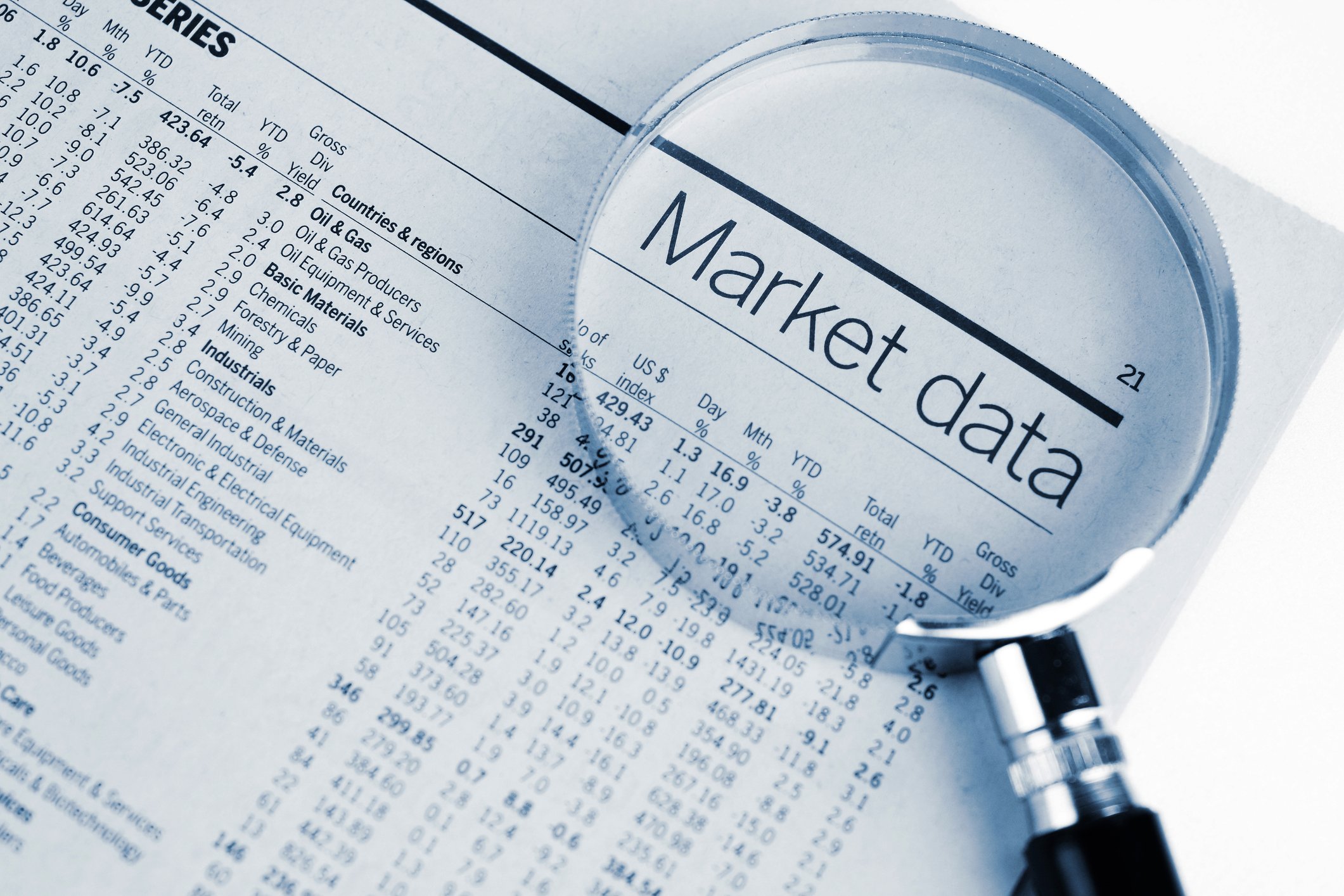One reason why so many people are fascinated by the stock market is that it's inherently unpredictable. No matter how well a company seems to be doing, an unexpected shock can send its stock price plummeting. And regardless of how sure you might be that a beaten-down company will simply fade away, a turnaround strategy can lead to a huge rebound in its stock price.
There's simply no way to predict with certainty what the broader market's going to do over a short time period. Even a year isn't enough time for market fluctuations to link up perfectly with long-term fundamental prospects.
Yet that doesn't stop most stock analysts from making their predictions, and this year, I've decided to join in the fun. Below, you'll learn about our rationales for our picks for where the Dow Jones Industrial Average (^DJI +0.22%) will end the year, but the most important lesson will come from what the predictions tell you about the way that market sentiment works.
Three predictions for the Dow in 2019
|
Source |
Closing Dow Jones Industrial Average at End of 2019 |
|---|---|
|
Reuters poll, late November |
26,865 |
|
Reuters poll, August |
28,700 |
|
Dan Caplinger |
24,000 |
Data sources: Reuters and author.
What Wall Street thinks -- at two different times
In late November, Reuters did a poll in which the news service asked almost four dozen investing strategists for their predictions of where the Dow Jones Industrial Average would finish the year. At that time, the stock market had just gone through the October correction, and a number of concerns still plagued investors. The status of trade relations between the U.S. and key international partners, especially China, was still very much in doubt, and a number of provocations on the trade front had created skepticism that the two nations would be able to reach a compromise. At the same time, investors were also nervous about earnings growth, with the boost from reduced corporate tax rates having run its course and making a slowdown nearly inevitable.
Few of those surveyed believed that the nearly 10-year-old bull market would come to a quick end, but they had relatively low expectations for the market. The average call was for the Dow to finish 2019 at 26,865, representing a modest low-single-digit percentage increase from where the Dow was at that time.
Yet the interesting thing about the Reuters survey was how much it had changed in just two months. The late-August version of the poll, which obviously occurred before the market's October swoon, had come out with predictions for 28,700 for the Dow. That's almost 7% higher than the November number.

Image source: Getty Images.
It's true that there had been some new information during that period that could have prompted a change in view. Although trade tensions were still present, the recent behavior of interest rates hadn't yet asserted itself, and most investors seemed to expect solid economic growth well into 2019. By late November, the threat of an inverted yield curve seemed to signal greater fears of an economic recession -- with its negative implications for the stock market.
My view -- and why it doesn't matter
As I see it, stock market investors still haven't fully acknowledged the possibility that the Dow could actually fall significantly for an entire year. Rising interest rates haven't yet reached painful levels, but the regularity with which rate hikes have occurred has put some strain on the pace of the recovery. Globally, restraints on trade could lead to less investment in long-term global projects, putting further pressure on markets. And with many investors having never seen anything more than a short-term correction, a bona fide bear market is overdue.
Obviously, a prediction for Dow 24,000 doesn't reflect the impact of a bear market's standard 20% drop from its highest levels. That's because I think any such downturn will lead to an immediate bounce by the end of 2019. If the economy's back on an even keel by that time, then the market will keep moving higher from there. If problems still dominate, then that bounce will prove short-lived, and the Dow could fall again in 2020.
Yet I'll admit one thing: I want to see stocks lose ground. After having gotten a golden opportunity to buy great stocks at ultra-cheap levels in 2009, investors have had to be a lot more patient with their investing since then. A bear market would give them another chance to go through their watch lists and buy the stocks that they see as having the best prospects ahead at a bargain price.
Beware of predictions
Like me, Wall Street analysts often make predictions based on their own hopes and fears about the future. That makes those predictions more useful as an indicator of current sentiment than as any true gauge of where the Dow's likely to actually finish the year.
Check out all our earnings call transcripts.






